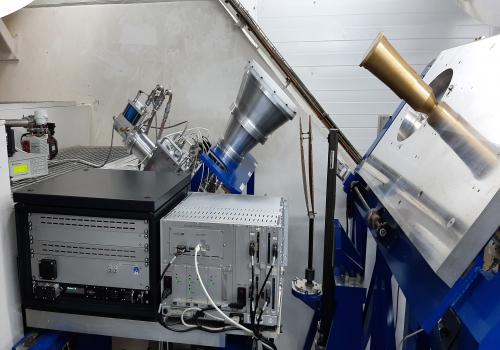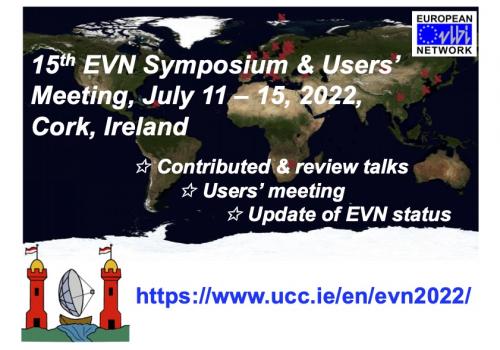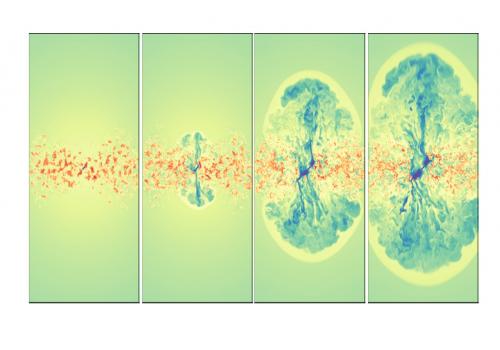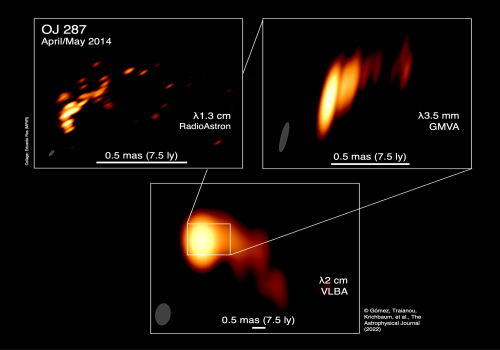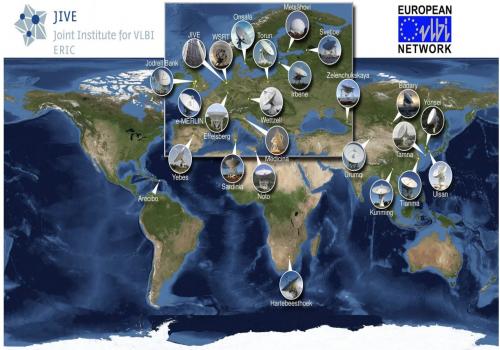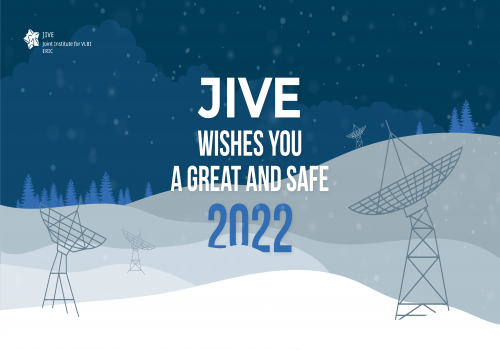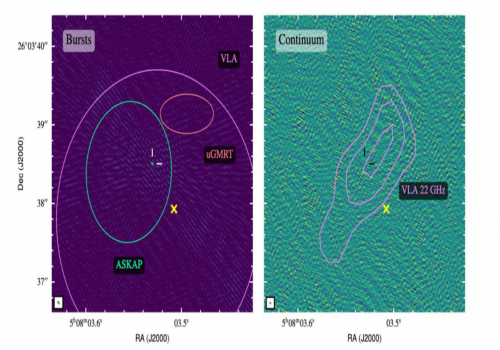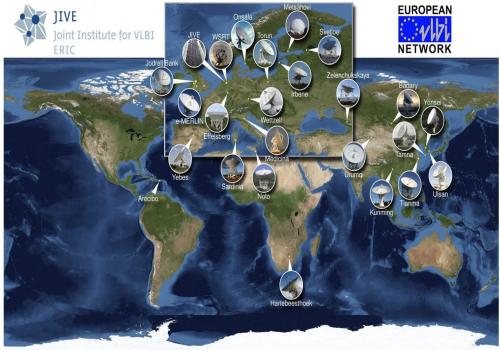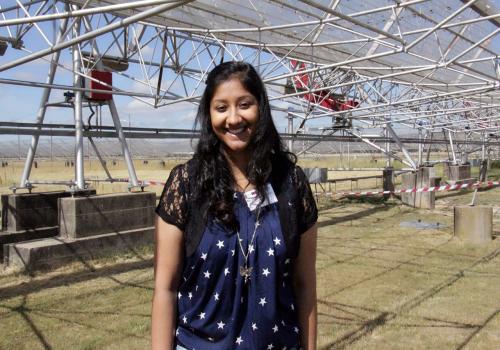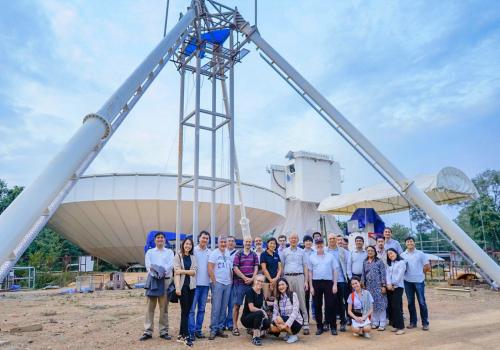News
A new state-of-the-art receiver for Yebes Observatory's 40-metre radio telescope
22/02/2022
The Yebes Observatory (Spain) - managed by JIVE/EVN Partner Instituto Geográfico Nacional (IGN) - Ministerio de Transportes, Movilidad y Agenda Urbana (MITMA) - completed the design, implementation and installation of a new broadband receiver for its 40-m diameter radio telescope. The receiver is sensitive in the 4.5 to 9 GHz frequency range, and replaces two older, frequency-limited receivers in C-band (5 and 6 GHz) and X-band (8 GHz), allowing simultaneous observation in these two bands and in additional, previously unavailable frequencies.
15th European VLBI Network Symposium and EVN Users Meeting Opens Registration
15/02/2022
The 15th European VLBI Network (EVN) Symposium, “Providing the Sharpest View of the Universe", and the EVN Users Meeting will be hosted by University College Cork (Ireland) on 11-15 July 2022 as in-person event, with also the option of online participation for those who do not feel able to come to Cork. Registration for the Symposium is currently open and the deadline for abstract submission is 30 April 2022.
Less powerful black hole blows environment clean after all
10/02/2022
An international team of astronomers led by JIVE postdoc has discovered that even a weak jet stream from a low-active black hole can be a kind of leaf blower to clean parts of a galaxy. The observed black hole removes about 75% of the cold gas in the central regions of the galaxy in a few million years. This probably stops the formation of stars. The researchers published their findings on Thursday 10 February 2022 in the journal Nature Astronomy.
Breaking the Resolution Boundaries: Observing the supermassive black hole binary candidate OJ 287 from Earth and space
19/01/2022
An international team of researchers - lead by the Spanish Institute of Astrophysics of Andalusia (IAA-CSIC) and including participation from a JIVE researcher - has obtained an image of radio emission in the active galaxy OJ 287 at an angular resolution of 12 micro arcseconds, which is presently the highest resolution achieved in astronomical observations.
The EVN/JIVE Newsletter #61 is published
03/01/2022
The January 2022 issue of the EVN/JIVE Newsletter is now available and includes relevant updates of the European VLBI Network (EVN).
Season's greetings and happy new year 2022
21/12/2021
On behalf of everyone at the Joint Institute for VLBI ERIC we would like to wish you, your family and colleagues, and all our partners and stakeholders a happy, peaceful and safe festive season and new year 2022.
EVN Call for Proposals is open
21/12/2021
Observing proposals are invited for the European VLBI Network (EVN). The deadline for proposal submission is 1 February 2022 at 16:00 UTC. See the Call for Proposals for full information about the call and how to submit proposals.
Job Vacancy: JIVE Support Scientist
17/12/2021
The Joint Institute for VLBI ERIC (JIVE) invites applications for the position of JIVE Support Scientist to become available from as early as April 2022. The position has a 50%-50% split between support duties and the appointee's own research. Deadline for applications is 1 February 2022.
JIVE researcher receives prestigious NWO-Veni grant
16/12/2021
JIVE Researcher Shivani Bhandari has been the recipient of one of the NWO-Veni grants announced today that will allow her to develop research in the field of Fast Radio Bursts for a period of three years.
The JUMPING JIVE project successfully closes its activities
02/12/2021
The H2020 JUMPING JIVE project, which successfully passed its final review by the European Commission, has been instrumental during the past 4 years in the development and reinforcement of JIVE and the European VLBI Network (EVN) activities in key aspects for their sustainability that will impact the VLBI community in the next decades.

